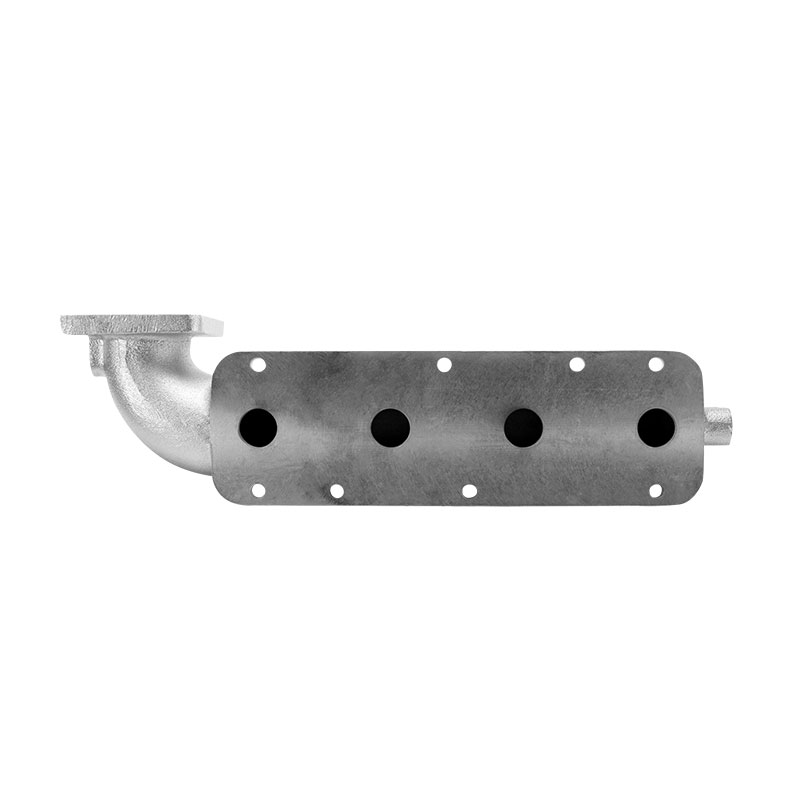
- English
- Español
- Português
- русский
- Français
- 日本語
- Deutsch
- tiếng Việt
- Italiano
- Nederlands
- ภาษาไทย
- Polski
- 한국어
- Svenska
- magyar
- Malay
- বাংলা ভাষার
- Dansk
- Suomi
- हिन्दी
- Pilipino
- Türkçe
- Gaeilge
- العربية
- Indonesia
- Norsk
- تمل
- český
- ελληνικά
- український
- Javanese
- فارسی
- தமிழ்
- తెలుగు
- नेपाली
- Burmese
- български
- ລາວ
- Latine
- Қазақша
- Euskal
- Azərbaycan
- Slovenský jazyk
- Македонски
- Lietuvos
- Eesti Keel
- Română
- Slovenski
- मराठी
- Srpski језик
What are the Vital Components of Heat Exchangers?
2024-06-21
Heat exchangers are ubiquitous in our world, silently working behind the scenes in everything from refrigerators to power plants. These ingenious devices transfer thermal energy between two fluids, playing a critical role in regulating temperatures across various applications. But what makes these workhorses tick? Let's delve into the fascinating world of heat exchanger parts and explore the components that orchestrate this symphony of heat transfer.
One of the most fundamental heat exchanger parts is the core, where the actual exchange of heat between fluids occurs. There are two main core designs:
Shell and Tube: In this design, one fluid flows through a bundle of tubes encased within a shell containing the second fluid. The heat exchanger tubes are often made of high-conductivity metals like copper or stainless steel to maximize heat transfer efficiency.
Plate Heat Exchangers: These compact units utilize thin, corrugated plates as heat exchanger parts. The hot and cold fluids flow through alternating channels formed by these plates, achieving high thermal efficiency in a smaller footprint.
To ensure optimal fluid flow and heat transfer within the core, several other heat exchanger parts come into play:
Headers or Manifolds: These heat exchanger parts channel the fluids into and out of the core, ensuring efficient distribution and preventing mixing.
Baffles (Shell and Tube Only): These internal plates in shell and tube heat exchangers direct the flow of the shell-side fluid, promoting turbulence and enhancing heat transfer.
Gaskets (Plate Heat Exchangers Only): These specialized seals create a leak-proof barrier between the hot and cold fluid channels within the heat exchanger plates.
Beyond the core components, additional heat exchanger parts contribute to the overall functionality and efficiency of the system:
Support Frame: This sturdy frame provides structural integrity and houses the core and other heat exchanger parts.
Nozzles: Strategically placed nozzles at the inlet and outlet points of the heat exchanger facilitate the controlled flow of fluids.
Valves: These heat exchanger parts regulate the flow of fluids, allowing for adjustments to the heat transfer process.
Sensors and Controls: Modern heat exchangers often incorporate temperature sensors and control systems to optimize performance and ensure safe operation.
The specific selection of heat exchanger parts depends on various factors, including the type of fluids being exchanged, the desired thermal efficiency, and the application requirements. From air conditioning units to chemical processing plants, the intricate interplay of these heat exchanger parts guarantees efficient and reliable heat transfer across countless industries.
By understanding the vital role of heat exchanger parts, we gain a newfound appreciation for these workhorses hidden within our everyday lives. The next time you enjoy a cool drink or witness a steaming industrial process, remember the silent symphony of heat exchanger parts diligently orchestrating the transfer of thermal energy behind the scenes.



